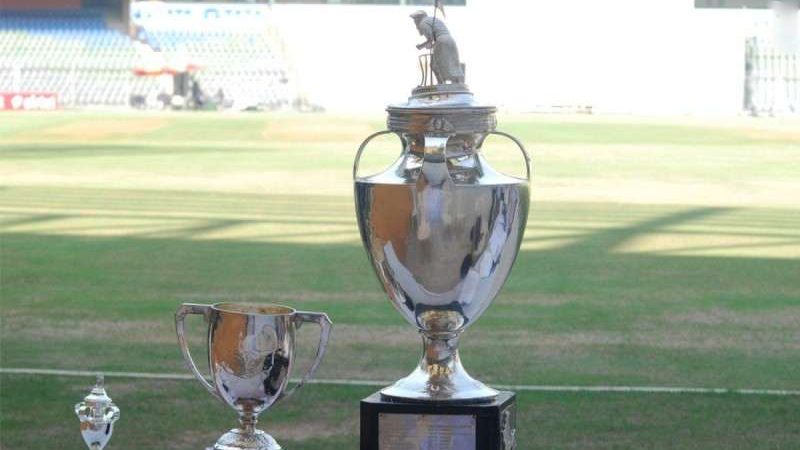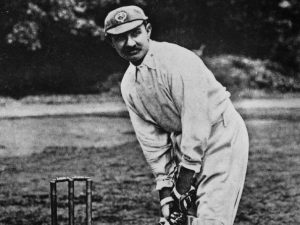History of India’s Premier Domestic Competition – Ranji Trophy

Ranji Trophy 2018-19 consisted of 37 teams playing 151 first-class matches in a span of three months. It is India’s grandest domestic competition. The most recent edition of the Ranji Trophy was the 85th time the competition was staged. Named after first cricket legend of Indian origin, Kumar Ranjitsinghji, the tournament started in 1934.
Before Ranji Trophy, Bombay Quadrangulars were the main attraction of Indian cricket. The tournament provoked criticism as the teams were differentiated on the basis of their religion. Secular Indians wanted a region-based competition which absolved the religious differences. Indian Cricket Board conducted a meeting in July 1934, and it resulted in the beginning of a new tournament. Maharaj of Patiala donated the winner’s trophy, and it was named after Ranjitsinhji.

Ranjisinghji
The inaugural match of the Ranji Trophy lasted only one day. The match was played between Madras (Chennai) and Mysore (Karnataka) at the MA Chidambaram Stadium in Madras. Batting first, Mysore could post only 48 runs in their first inning. The home team gained the lead of 82 runs and scored 130 in 43 overs. Mysore crumbled once again and collapsed for 59 all out. Madras pocketed the fixture by an inning and 23 runs. The first day of the Ranji Trophy witnessed as many as 30 wickets falling on a single day, a record in itself.
The winners of the maiden Ranji Trophy, Mumbai, dominated the first-class competition for an eternity. Their greatest achievement was winning the reputed tournament for 15 years in succession (1958-59 to 1972-73). Mumbai has lifted the Ranji Trophy on 41 occasions from 46 final appearances. The second team in the list is Karnataka with eight titles. Vidarbha is the reigning champion. They won their second consecutive Ranji Trophy this year.
Over the years, Ranji Trophy format has undergone numerous changes. From 1934 to 2001, the teams were divided into five geographic zones – North, South, East, West and Central. Later a two-tier system was adopted which segregated the teams in Elite and Plate groups. Currently, a three-tier system is used where 37 teams are split into four qualifying groups.
With tournament format, the points system has also been altered a few times. As per the current regulations, the winning team collects six points. An innings or a 10-wicket win guarantees a bonus point. In case of a draw, the team leading on the first innings takes three points while one point is awarded to the trailing side. Both teams share a point each if the first innings are not completed in four days.
